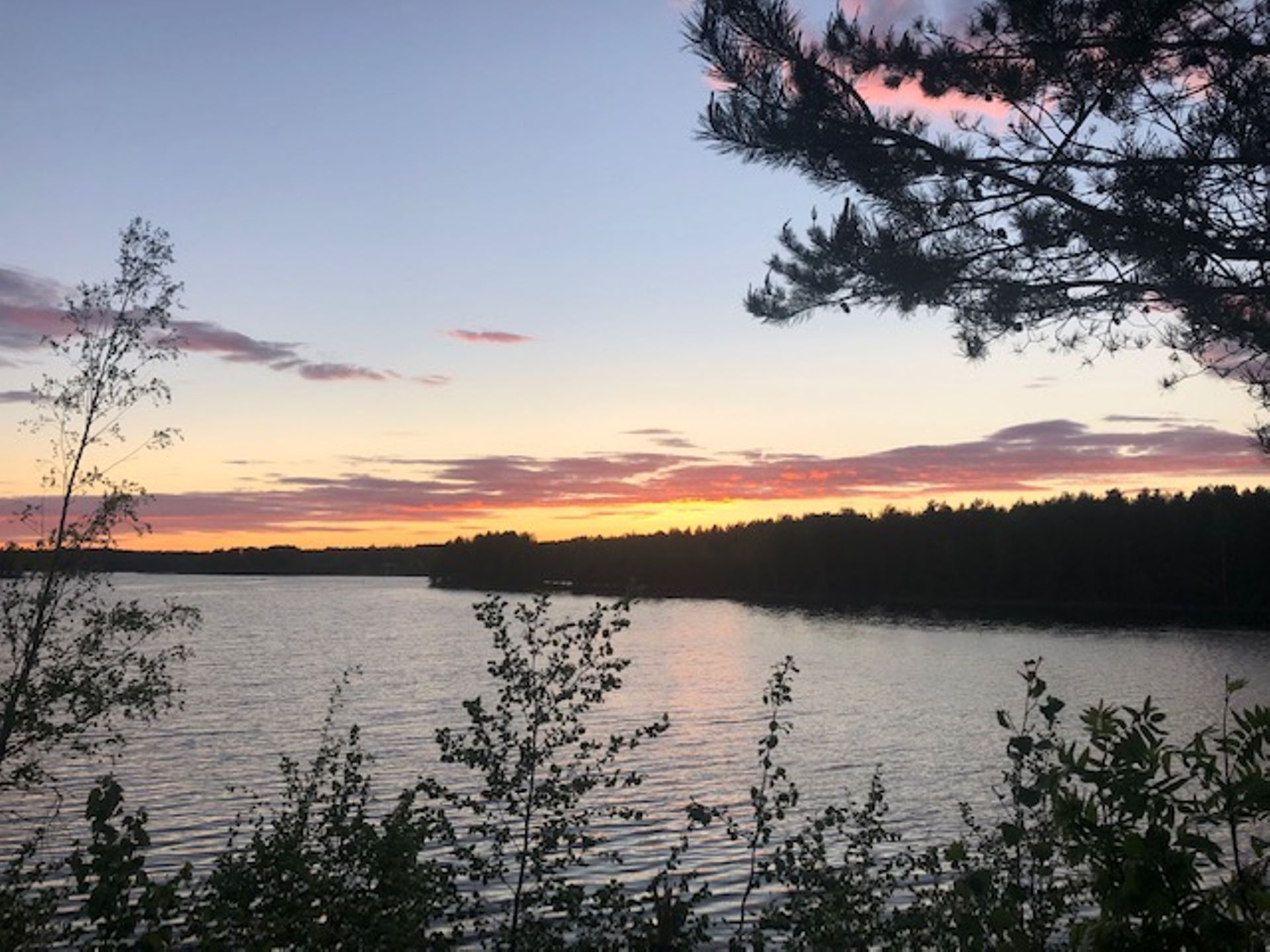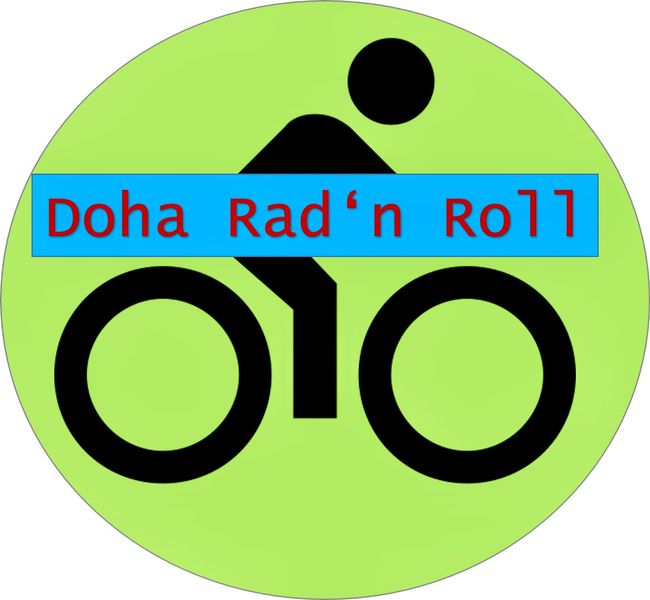In Salento
Published: 23.09.2022
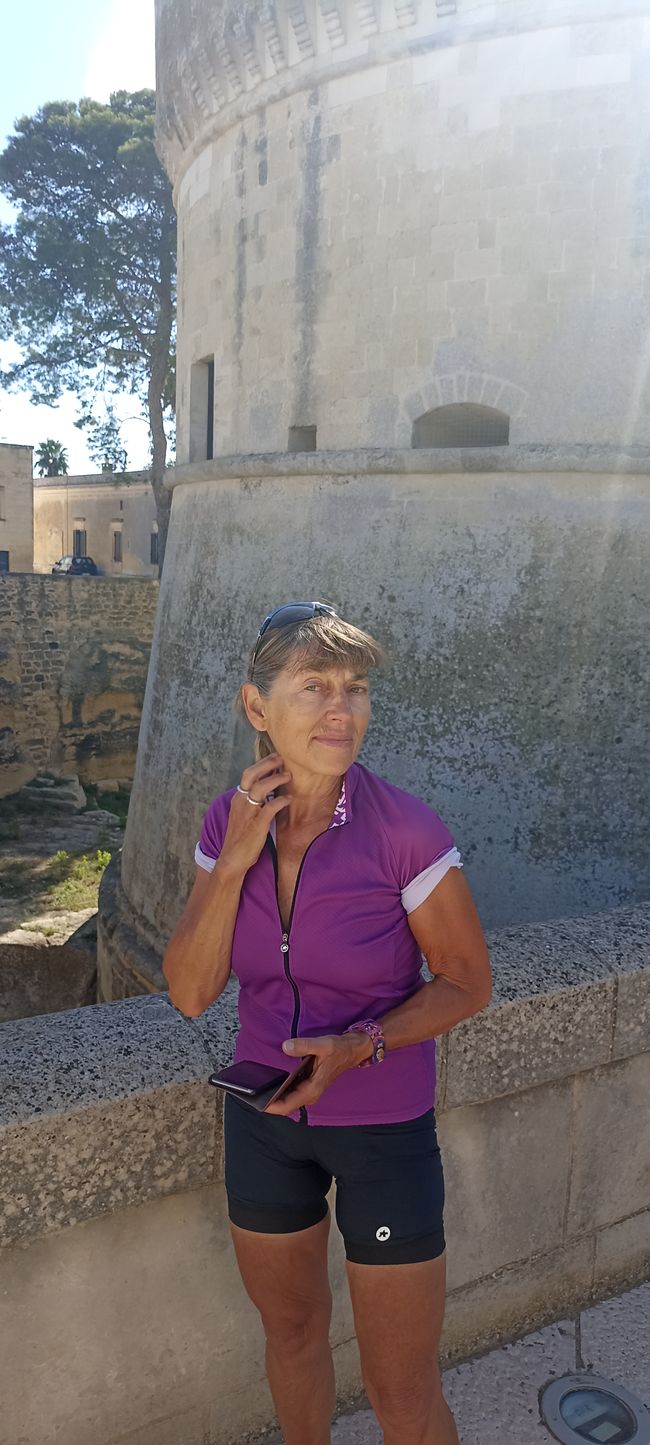
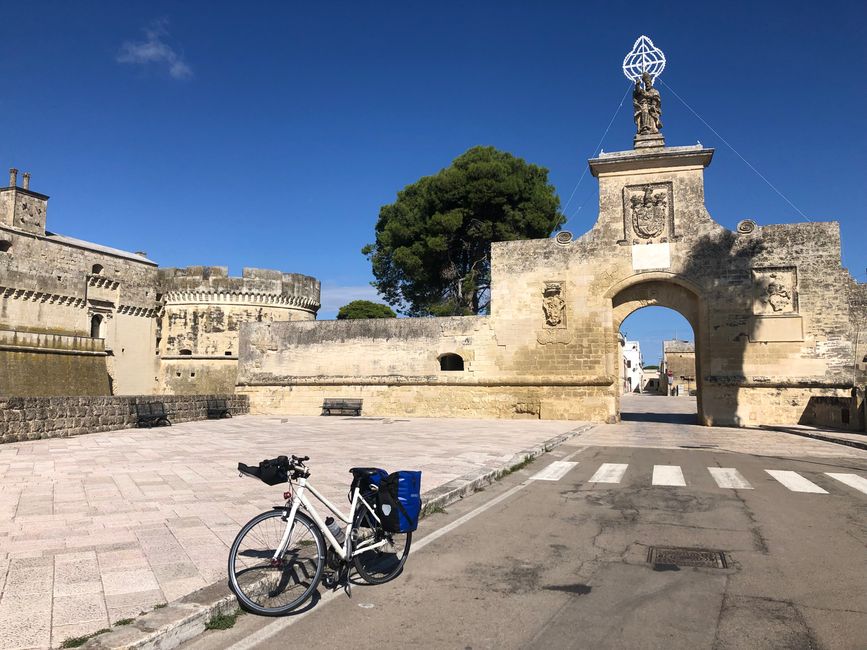
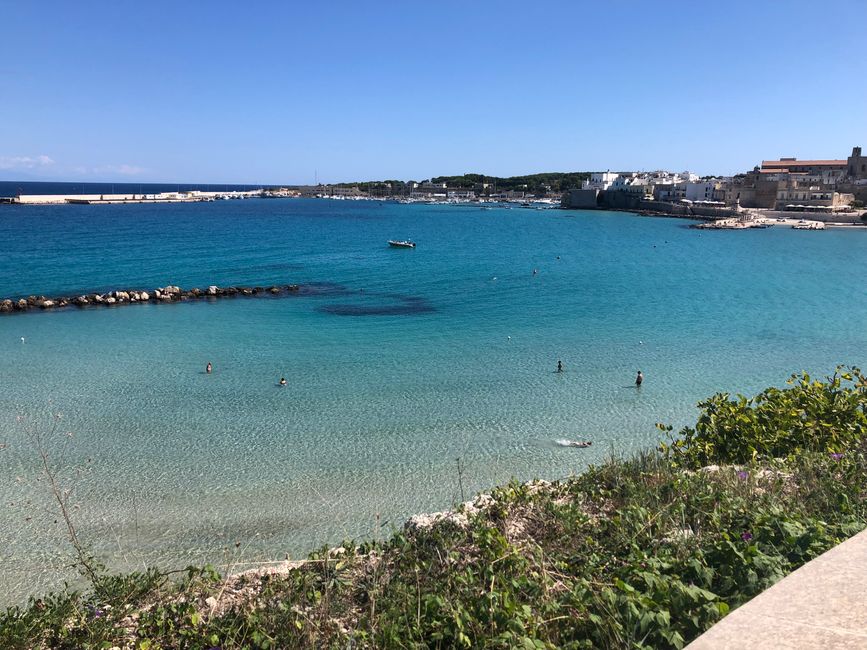
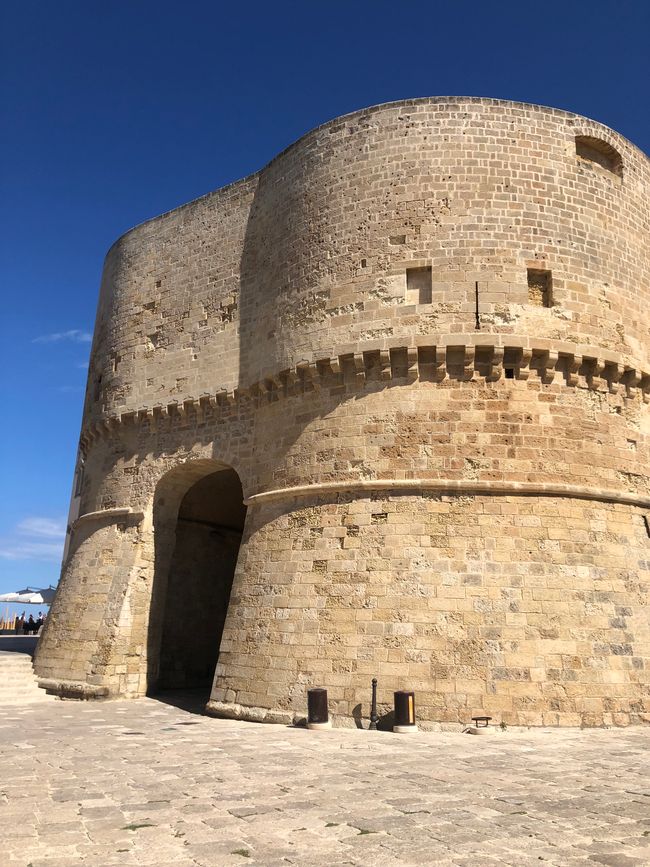
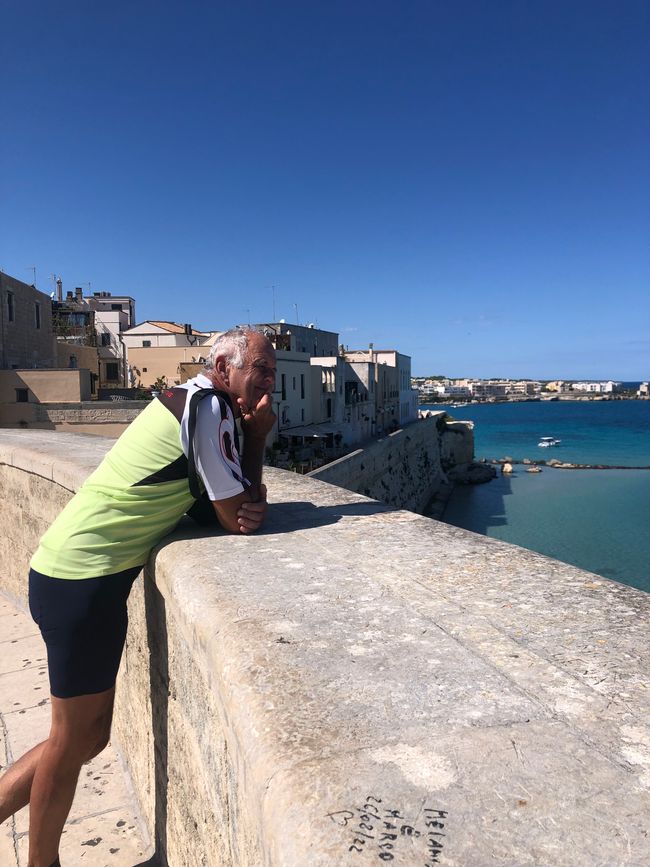
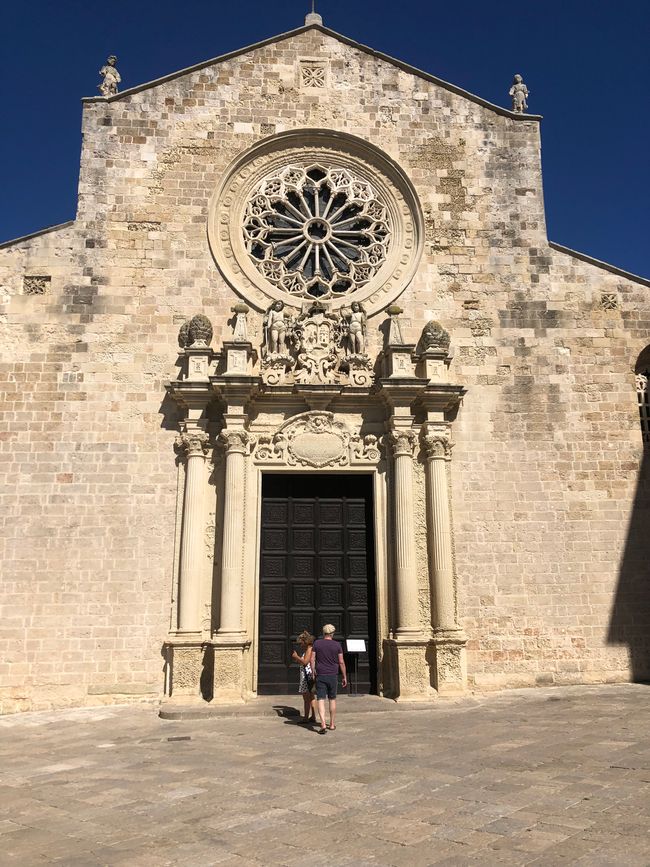
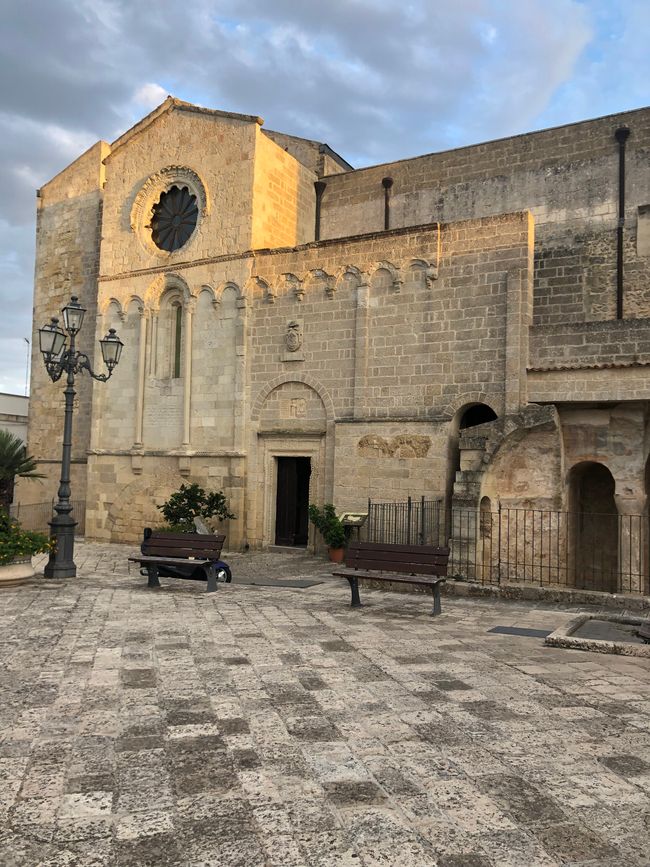
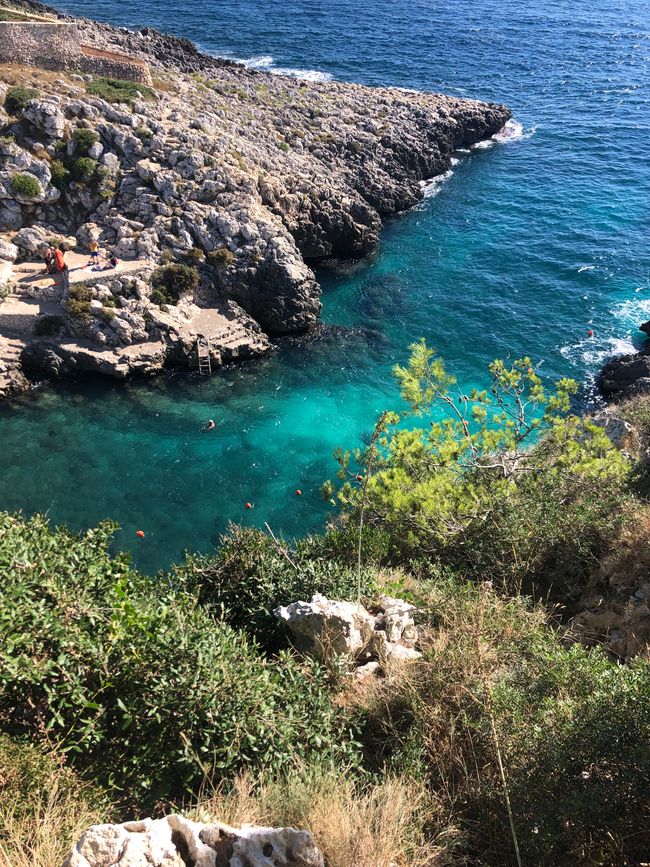

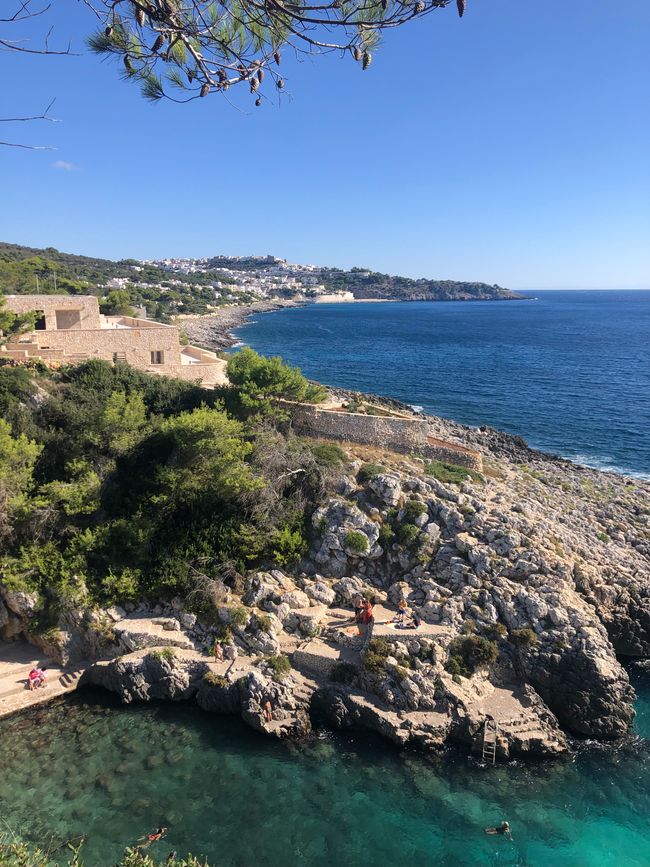
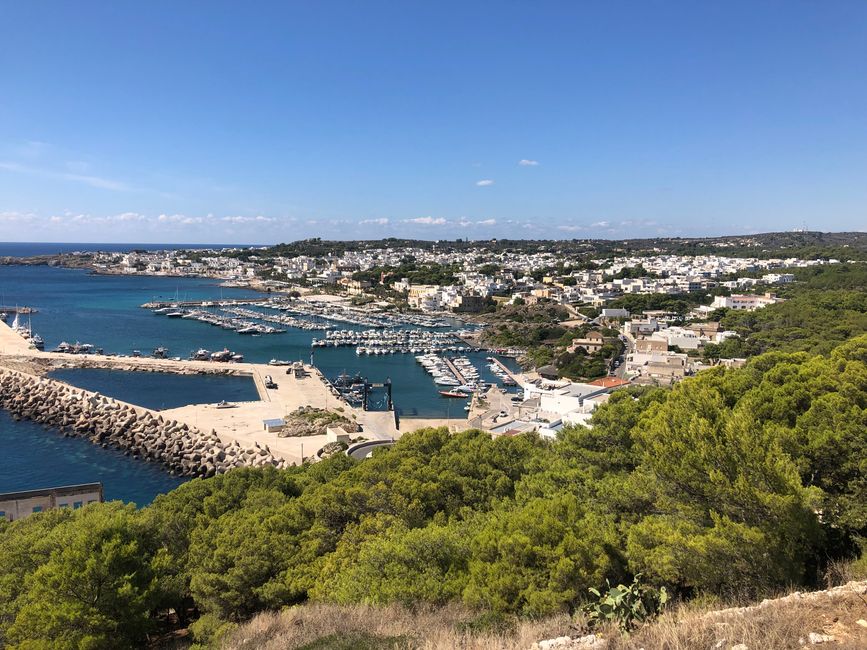
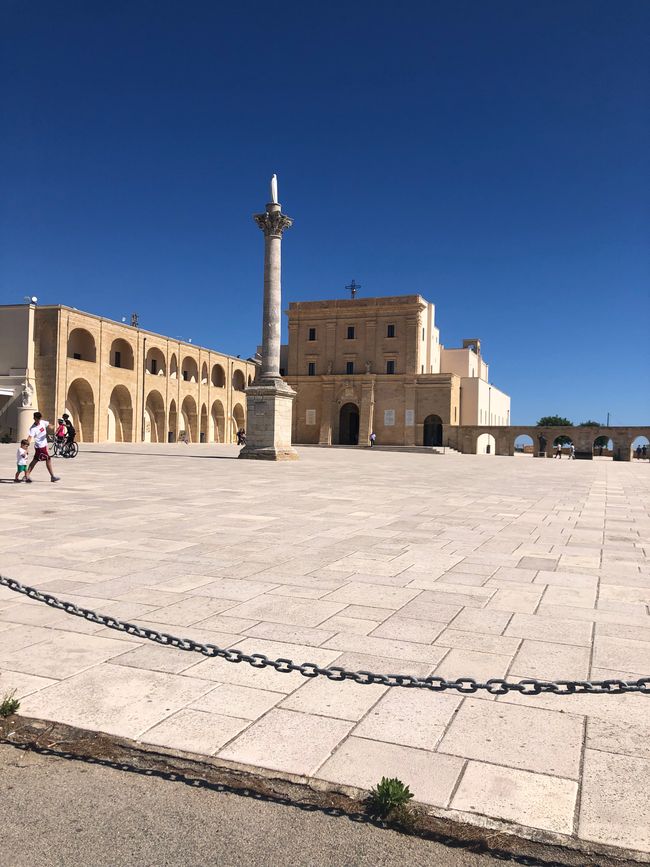
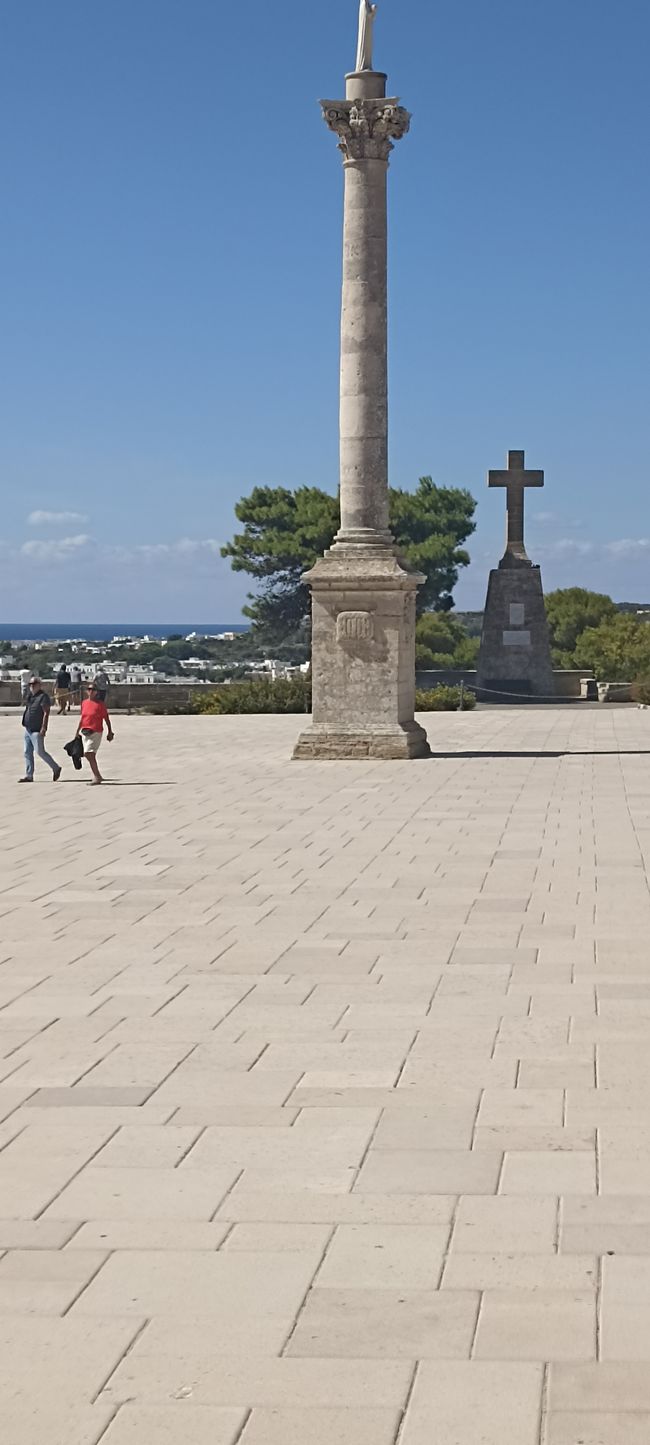
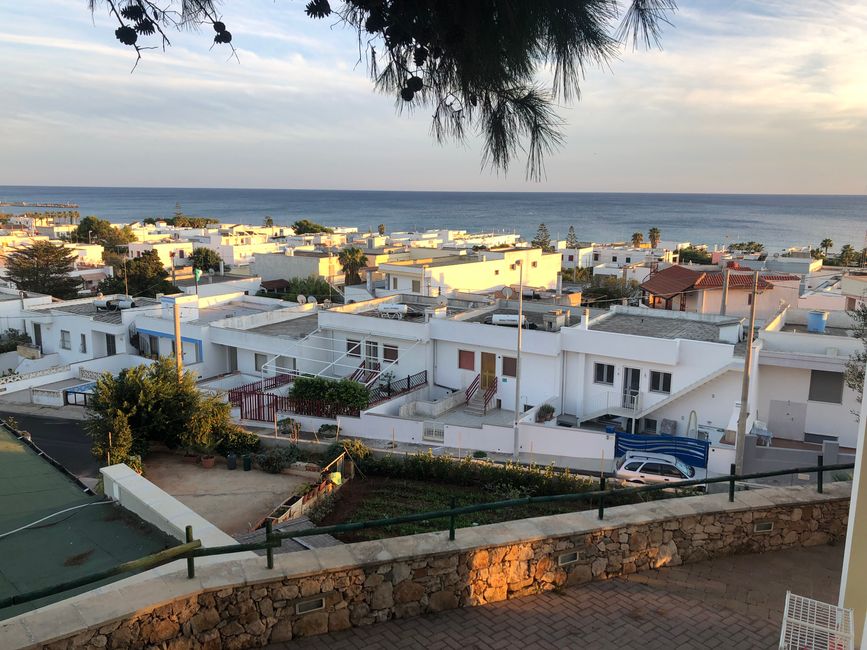
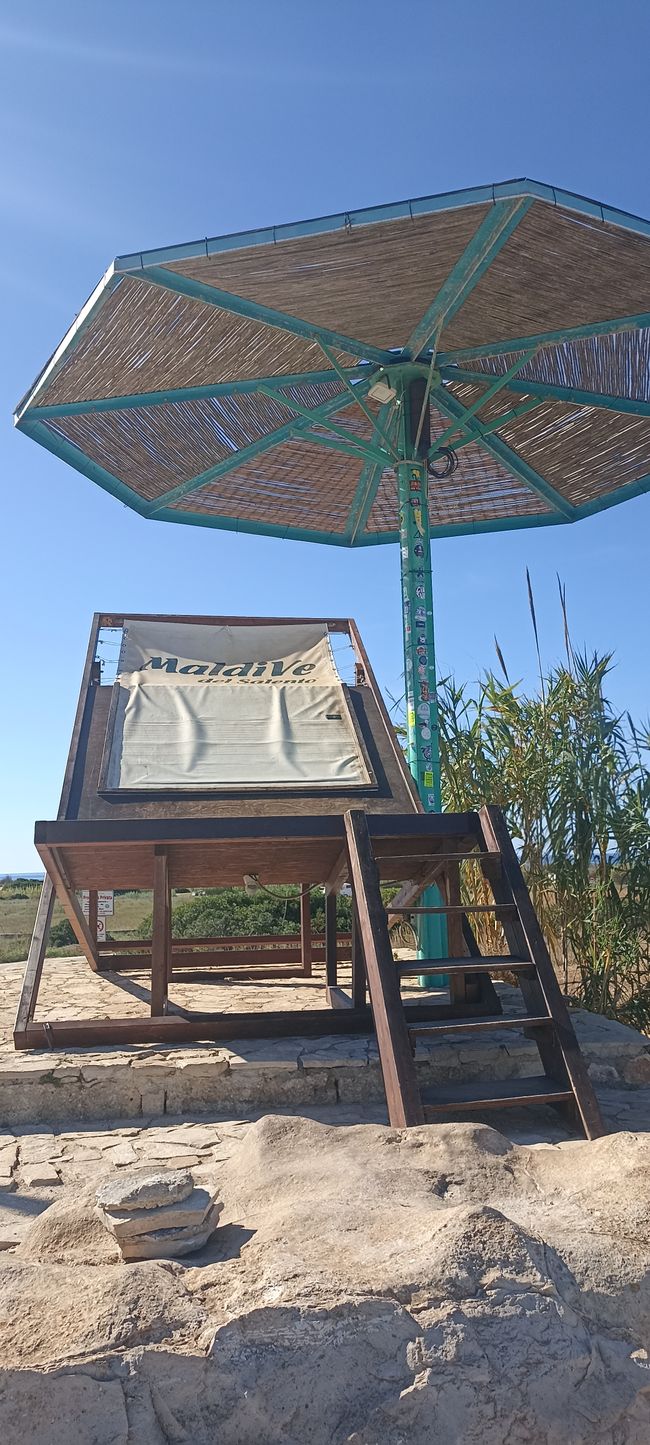
Subscribe ut Newsletter
We are on the 100 km long and 40 km wide heel of Italy, Salento, which we plan to cycle along the coast in the next few days and also take some beach days.
September 20: Lecce - Acaya - Otranto - Castro 80 km
Thanks to the new navigation system, we quickly find our way out of the city and reach Acaya on side roads, with a well-preserved fortress from the 16th century. Along the way, we also pass many dead olive trees. Millions of olive trees in Salento have been infested by Xylella, an extremely aggressive bacterium transmitted by leafhoppers. The only measure to stop the spread is widespread felling. In the infested areas, almond trees, oleanders, and rosemary also have to be cleared, as they can also be infested by Xylella. The financial damage is estimated at 1.2 billion euros.
A few kilometers further, we reach the Le Césine nature reserve near the coast, a large wetland area under the protection of WWF, which serves as a refuge for rare animal species. There we meet a man who emigrated to France with his parents at the age of seven months, and whose grandfather owned the farm where the visitor center is now located. His story reminds us of Rolf Dobelli's 'Massimo Marini' (recommended reading). Through a part of the nature reserve, we can ride undisturbed on well-developed bike paths. Again and again, we come across lizards crossing our path with the utmost precision just in front of the front wheel. At Roca, we reach the coastal road, the SP 366, where we make good progress with little traffic and soon reach Otranto, the white shining fortress city, which is also one of the most beautiful villages in Italy. In the distance, you can see the mountains of Albania, which is only 80 km away. Right at the entrance to the old town, you come across a large tower with thick walls, part of the city wall that surrounds the entire old town together with the Aragonese castle and forms a joint defense system. Also worth seeing is the mosaic floor of the cathedral from the 12th century. The Basilian monk Pantaleonis spent two years creating scenes from the Bible, a tree of life, and many animals with millions of colorful pebbles.
South of Otranto, the steep and rugged Adriatic coast begins with watchtowers set up to protect against hostile attacks on the coast. Via Porto Badisco, we reach the spa town of Santa Cesarea Terme and shortly thereafter our destination for today, Castro.
September 21: Stay in Castro and bike tour to Specchia 40 km
Today we wanted to have a beach day but in the morning it was cloudy, windy, and cool. We used the time for writing, reading, and planning. The latter resulted in us taking a small round trip into the hinterland to another 'borghi piu belli d'Italia', Specchia. Here too, in the historic old town, you will find remains of a fortification and numerous churches. In the meantime, we have found out that the 'Borghi Italia' is a private organization that aims to protect and promote small towns with historical monuments and background. In Apulia, there are eleven municipalities with this quality seal.
We enjoy the now sunny weather on Piazza del Poppolo right next to Palazzo Prontobilissimo and Chiesa Matrice. On the way back, we ride again on side roads through gardens with dead olive trees. Our destination is Cala dell'Aquaviva, a narrow bay enclosed by steep cliffs, inviting you to swim in its crystal-clear water. There are 'many' people, but they are well spread out on the sunbeds.
September 22: Castro - Santa Maria di Leuca - Marina di Pescoluse 45 km
We continue along the beautiful cliff coast in bright sunshine and pleasant temperatures. Every now and then we encounter groups of cyclists who also want to experience this beautiful coast by bike. From time to time, we also come across bike tourists with luggage. We stop at places where you can access the sea or hidden caves via stairs. After 35 km and one last climb, we catch sight of the next white village, Santa Maria di Leuca, with its impressive lighthouse on Cape Punta Meliso, the southeasternmost point of Italy. There is also the Basilica Santa Maria de Finibus Terrae, dedicated to Saint Peter, who is said to have made a stop there on his journey to Rome. We ride through the town and at the same time switch from the Adriatic to the Ionian Sea. Here, the coast is flatter and offers beautiful sandy beaches with crystal-clear water. That's why we have booked accommodation in Marina di Pescoluse, allegedly the most beautiful beach in Salento, and will spend another day by the sea tomorrow. Since we arrive early, we can go straight to the beach, also called Maldives di Salento. The comparison with the Maldives is probably a bit exaggerated.
September 23: Marina di Pescoluse - Beach day
Beautiful beach, crystal-clear water, good food accompanied by delicious wine: what more could a woman want... We are enjoying the end of summer!
Subscribe ut Newsletter
Answer
